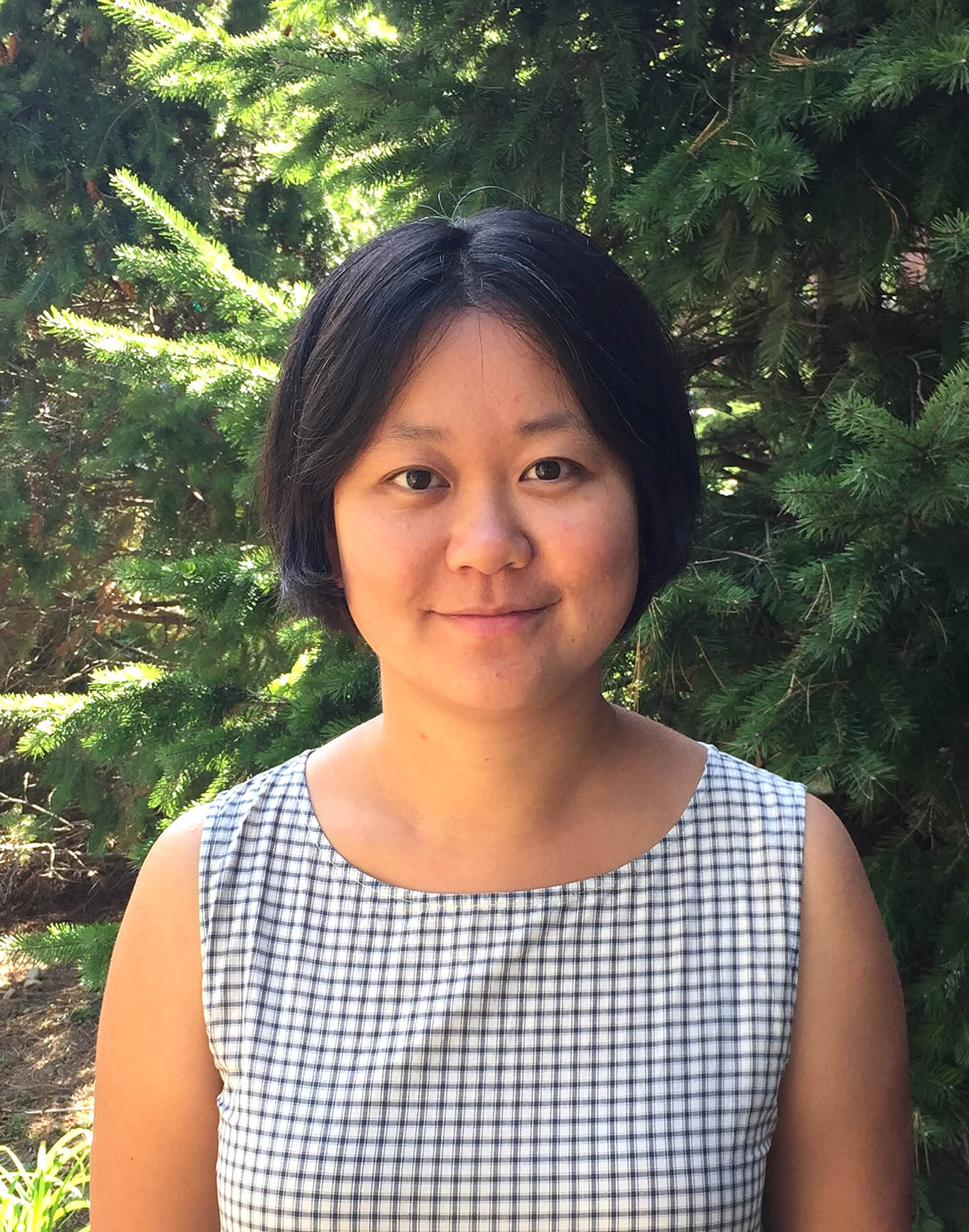Non-profit organizations and governments in countries around the world make direct payments to people in return for socially responsible behavior, but there is limited collaboration between those pushing primarily for improved living conditions and those pursuing environmental sustainability. A team of researchers led by Purdue University is hoping to bridge that gap so that these groups might learn from each other’s best practices and further benefit their missions and the peoples they work with.
Groups focused on human capital development (HCD), including national governments of countries such as Brazil and Mexico, and non-profit organizations such as CARE International and GiveDirectly, advocate for household practices that produce socially desirable outcomes. They work to improve schooling for girls or healthcare for mothers and children. Payments for Ecosystem Services (PES) advocates, including various national and local governments, such as Costa Rica and New York City, and non-profit organizations, such as The Nature Conservancy, call for natural resource management practices that produce valuable ecosystem services to society such as biodiversity and water purification.
Both types of groups have found success for their missions through direct payments to citizens or natural resource managers. But there are many differences in how these groups operate.
“Conservation and development should always go hand in hand, but people and institutions devoted to each goal don’t always work together” said Zhao Ma, an associate professor of natural resource social science in the Purdue Department of Forestry and Natural Resources, who led a research team that reviewed the practices of both HCD and PES programs. “We argue for a more encompassing framework to look at direct payments as one umbrella mechanism to improve human capital development and environmental conservation rather than working in their own spaces.”
Ma and her colleagues found several areas in which HCD and PES programs could better collaborate or learn from each other to improve policies and practices of using direct payments to enhance conservation and development on the ground. Their results were published in the November issue of the journal World Development.
Their suggestions include:
- PES groups might benefit from lessons learned by HCD groups regarding the consideration of economic and gender inequalities when selecting direct payment beneficiaries. “Once we start giving money to some people in a community, but not others, we potentially create a divide and contribute to inequality in the community,” Ma said. “Those are unintended consequences.”PES success stories tend to be circumstantial and could benefit from well-designed experimental evaluations to determine the causal relationships between direct payments and improvements to the environment and to socioeconomic outcomes.
- PES groups might benefit from following the lead of HCD groups in exploring whether conditionality - requiring certain benchmarks or actions to receive payment - is necessary to produce intended environmental benefits and whether conditionality leads to unintended socioeconomic consequences. HCD groups have shown that positive results can be obtained by offering payments without strings attached.
- HCD groups might benefit from learning how PES groups have experimented with collaborative, community-based program design which generally improves program effectiveness.
Ma, with colleagues Jonathan Bauchet and Laura Zanotti at Purdue, Ricardo Godoy at Brandeis University and Claudia Radel at Utah State University, have received a National Science Foundation grant to examine the role of conditionality in PES, in collaboration with a non-profit organization, Fundación Natura Bolivia. As part of the project, Ma and her colleagues will be organizing a workshop that they hope will bring together leaders in the HCD and PES fields to build on suggestions from their research.






